Monday, November 3, 2008
14547
Changes in Breast Shape after Cosmetic Surgery – A Photometric Study of 147 Patients
PURPOSE: Evaluation of changes in breast shape after surgery, specifically upper pole fullness, breast projection, and “bottoming out,” has been made difficult by the fact that there is no definition of these entities and no standardized system for measurements and comparison. The author proposes a means of evaluating breast shape before and after surgery, and compares 5 cosmetic breast procedures – augmentation, mastopexy, augmentation/mastopexy, reduction, and reduction + implants. The inverted-T technique is compared to the vertical technique. The clinical data and outcome analysis are reported separately.
METHODS: The prospective study group includes 112 female patients undergoing primary mastopexy (< 300 g per side), augmentation/mastopexy, or breast reduction (> 300 g per side) during a 5-year period, 2002-2007 and primary breast augmentation during a six-month period, October, 2006, to March, 2007. Patients who were unavailable for follow-up photographs at least 3 months after surgery or who underwent another breast operation were excluded. The retrospective study group includes 35 patients treated with primary mastopexy, mastopexy/augmentation, or breast reduction during 1996-2002, with the same inclusion criteria. All procedures in prospective group were performed using the vertical technique with a medially-based pedicle. All patients in the retrospective group were treated using the inverted-T, inferior pedicle technique.
The Canfield Mirror (Canfield Scientific Inc., Fairfield, N .J.) 7.17 software is used to match the size and orientation of the photographs. A horizontal plane is drawn at the level of maximum postoperative breast projection (MPBP) (fig. 1). A vertical line is dropped at the level of the sternal notch. The distance from the vertical meridian to the leading edge of the breast along the plane of MPBP is called the “breast projection” (BP). The distance between this plane and the level of the sternal notch is bisected and another horizontal reference line is created. The distance to the leading edge of the upper breast mound along this line is called “upper pole projection” (UPP). Other measured parameters include the lower pole level (LPL), nipple level, upper pole area (UPA), lower pole area (LPA), breast parencymal ratio (UPA/LPA), and breast mound elevation (BME). On frontal images, the distance from the lowest point on the breast to the MPBP plane is halved and the breast width at this level is called the “lower pole width”(LPW). The ratio of the lower pole width to the lower pole length is the “lower pole ratio,” (LPR), a measure of the boxiness of the lower pole. Areolar diameters are measured.
Patient photographs depict patients with the most average (lowest z scores) measurements. (figs. 1-4). Illustrations were created using a software program that allows breast shapes to be drawn according to the actual means for each of these 6 breast measurements. (figs. 5-8)
RESULTS: Breast augmentation, augmentation/mastopexy (vertical and inverted-T), and vertical mastopexy (but not inverted-T) provided increased breast projection (fig. 9) and upper pole projection (p < 0.01) (fig. 10). Vertical reductions increased upper pole projection (p < 0.01), but inverted-T reductions did not. Neither reduction technique significantly increased breast projection. The lower pole ratio (LPR) was significantly lower (more hemispheric, less boxy) for vertical procedures than for inverted-T procedures (p < 0.01).
CONCLUSIONS:This measurement system can be used to standardize measurements and compare results. The vertical technique outperforms the inverted-T technique in key parameters of breast shape – upper pole projection, breast projection, and lower pole ratio.
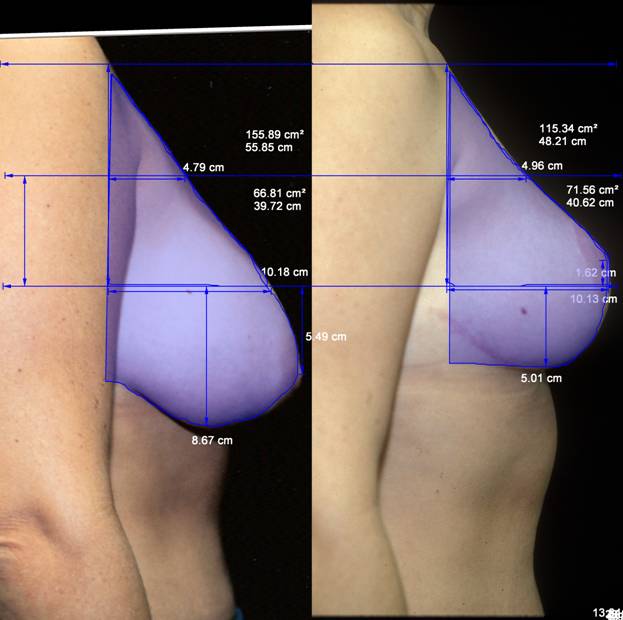 Fig. 1. 33 year-old. Inverted-T mastopexy. 4.7 mos.
Fig. 1. 33 year-old. Inverted-T mastopexy. 4.7 mos.
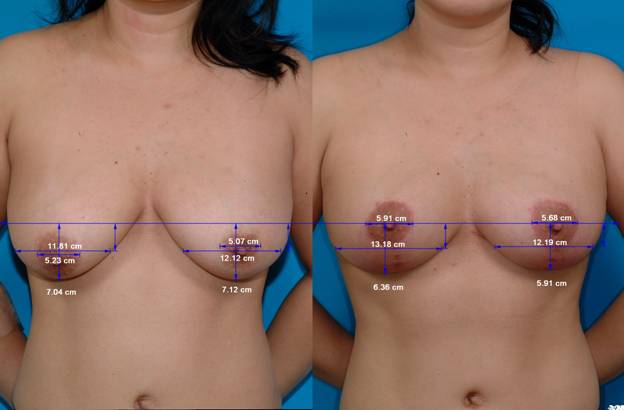 Fig. 2. 36 year-old. Vertical mastopexy. 4.0 mos.
Fig. 2. 36 year-old. Vertical mastopexy. 4.0 mos.
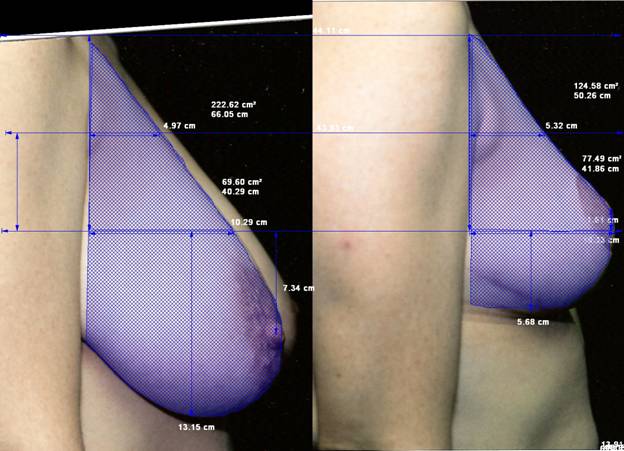 Fig. 3: 37 year-old. Inverted-T, inferior pedicle breast reduction. 22 mos.
Fig. 3: 37 year-old. Inverted-T, inferior pedicle breast reduction. 22 mos.
 Fig. 4: 28 year-old. Vertical breast reduction. 6 mos.
Fig. 4: 28 year-old. Vertical breast reduction. 6 mos.
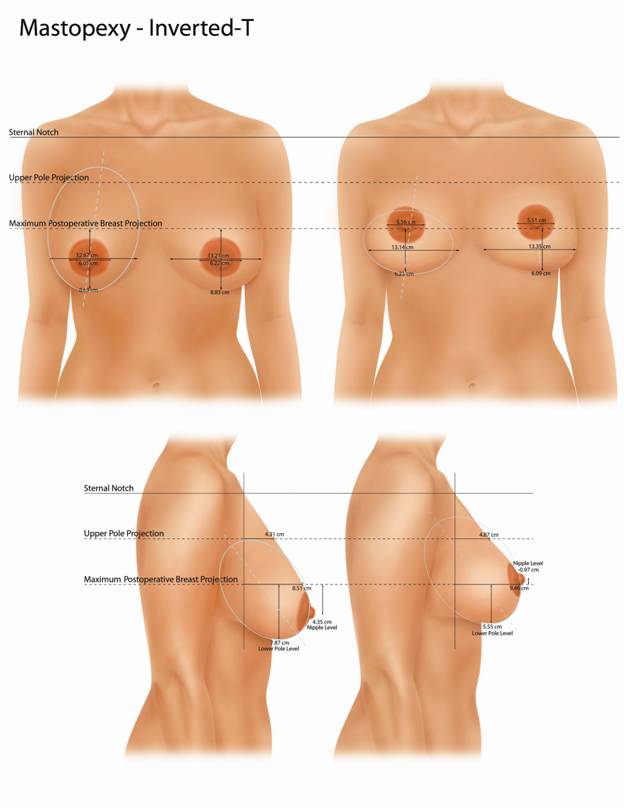 Fig. 5. Inverted-T mastopexy. Lower pole is elliptical.
Fig. 5. Inverted-T mastopexy. Lower pole is elliptical.
 Fig. 6. Vertical mastopexy. Lower pole is semicircular.
Fig. 6. Vertical mastopexy. Lower pole is semicircular.
 Fig. 7. Inverted-T breast reduction. Lower pole is elliptical.
Fig. 7. Inverted-T breast reduction. Lower pole is elliptical.
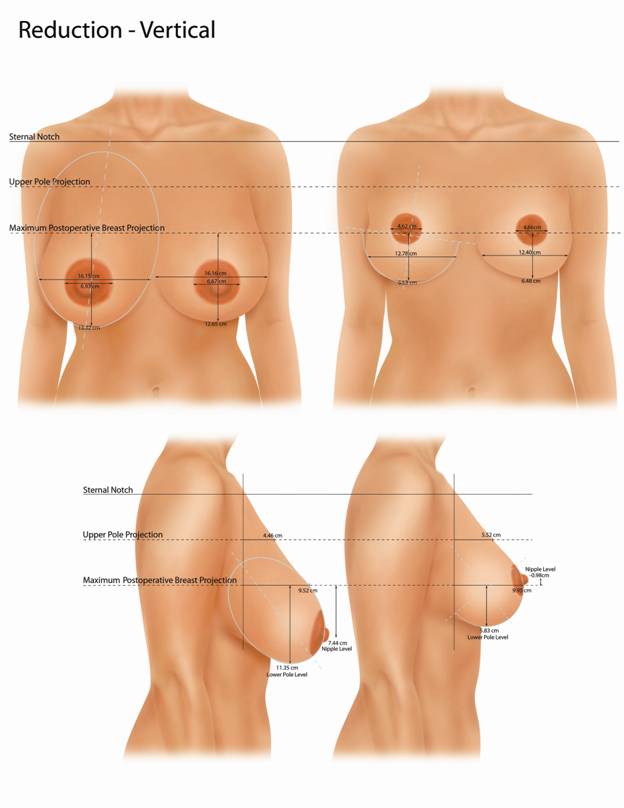 Fig. 8. Vertical breast reduction. Lower pole is semicircular.
Fig. 8. Vertical breast reduction. Lower pole is semicircular.
 Fig. 9. Breast projection.
Fig. 9. Breast projection.
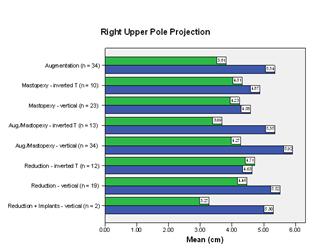 Fig. 10. Upper pole projection.
Fig. 10. Upper pole projection.
